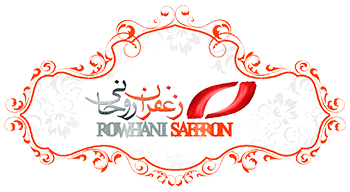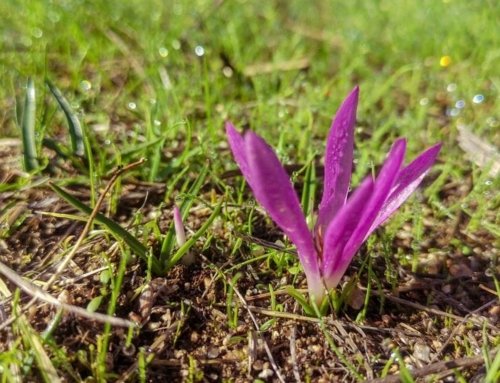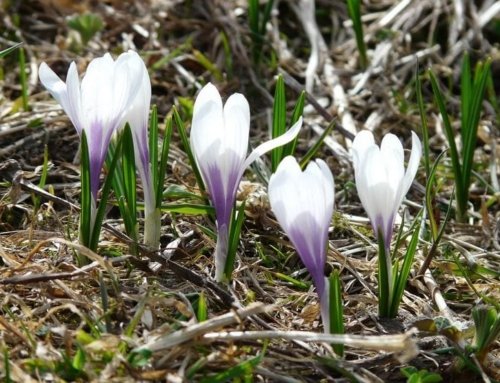Iranian saffron standards
Implementation of standards to improve quality, increase exports and national income increased standards of quality saffron crocus considering factors have been developed by the Institute of Standards and Industrial Research of Iran include: National Standards 1-259: a saffron and attributes (including characteristics of packaging, marking, sampling) National Standards 2-259: a saffron and test methods (test procedures on saffron): The amount of cream with saffron Humidity The amount of total ash and acid insoluble ash Soluble in cold water.
Foreign materials related to the plant environment Extraction and detection dyes (2634) Picrocrocin measure (the bitter taste of saffron) Safranal (the fragrance of saffron) Crocin (color factor ratings) National Standard 3659: Methods of sampling Saffron National Standard 2198: Search and Order enterococci National Standard 4806: Quality of Microbiology
National Standard 4557: ritual use of risk analysis and critical control points system
National Standard 2946: Tests count the maximum number of possible E. coli
National Standard (2-10899) measuring the amount of mold and yeast (Drgrm)
9432standard: a comprehensive method for counting bacteria,
sulphite reducing anaerobic conditions Saffron for export to foreign markets in addition to complying with national standards should be consistent with international standards.
The following standards: a written document that has been established by consensus and approved elements of the rules, guidelines or characteristics for activities or their results in order to provide continued public use and purpose • To meet the optimal order in for a given category.
The industry standard document editing, customers, consumers, communities, governments, shareholders and suppliers are involved, is the necessary standard. Common standards for saffron in the world is the 3633 ISO standard. Iran Standard and Industrial Research Institute and the Food and Drug Administration and the responsibility of the relevant standards and are responsible for the quality control of saffron. Adulteration of saffron One of the cases of fraud in the use of chemical dyes and synthetic Saffron Saffron is the color of the saffron industry is unauthorized.
The most common colors include: Tartrazine, Orange II, Amaranth, Sunset Yellow, Ponceau 4 R, Kynvlyyn is Yellowstone. Another adulteration of saffron crocus weight is applied to low sales. Other items can be added to the adulteration of saffron, saffron, salt and sugar to enhance its mass will be named.
One way to distinguish the taste of saffron is to have a bitter taste, but the taste is sweet or salty, it’s an alkali salt or sugar added to the origin. Altogether counterfeit products, packaging manufacturer is not complete and accurate. According to the national standard, the following should be seen in Saffron quality: –
Adverse physical items that include any yarn, sand and gravel, live or dead insects, mites, fungi and mold that can be seen with the naked eye and also rodents and birds. – Chemical inappropriate according to the relevant standards are measured and must be in the proper range.
to ensure the standard logo, logo license or health codes on the packaging to see. Standard features Saffron Sensory and Physical Properties Flavour and Fragrance: Saffron must have its own flavor, slightly bitter and spicy taste, and free from any foreign taste and odor. Appearance: white uniform and Saffron should not be possible due to high humidity or dry concrete are unsuitable







Get Social